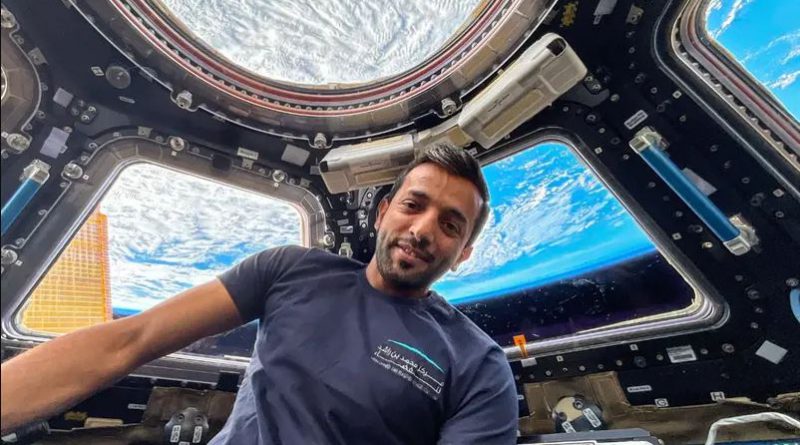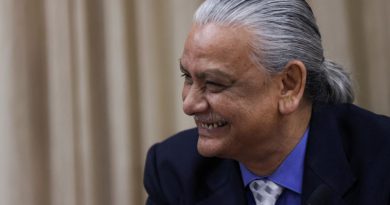UAE astronaut Sultan AlNeyadi writes history by being the first Arab to perform a Spacewalk
Dubai – By undertaking the first spacewalk for an Arab astronaut outside the International Space Station (ISS), Emirati astronaut Sultan AlNeyadi wrote history on Friday. “Impossible is Possible” was scrawled on AlNayedi’s spacesuit sleeve as he waved the UAE flag.
AlNeyadi and experienced NASA astronaut Stephen Bowen started their almost six-hour spacewalk at 5.11 p.m. (UAE time). NASA flight engineers Woody Hoburg and Frank Rubio, who were on board the ISS, assisted them in getting into their gear. Hoburg exclaimed, “Sultan, congratulations, you are making history today.”
On March 2, Al Neyadi took part in the NASA SpaceX Crew-6 mission that brought him to the International Space Station. This year, the UAE astronaut al Neyadi also observed Eid al-Fitr aboard the International Space Station. On Friday, he conveyed his best wishes to everyone on Earth via a video greeting sent to his social media accounts.
During Expedition 69, UAE astronaut Hazzaa AlMansoori functioned as the liaison between the ISS crew and the ground crew. In 2019, he become the first Emirati to enter space.
He monitored the mission from the NASA Johnson Space Centre in Houston. The Emirati crew at the Mohammed Bin Rashid Space Centre (MBRSC) was very active in the wake of all the activity from the ISS.
Bowen, who was on his eighth spacewalk, was the commander. He was the first person wearing a red-striped spacesuit to leave the Joint Quest Airlock on the ISS. At 5:39 p.m. (UAE time), AlNeyadi made his first foot outside the ISS.
AlNeyadi can be heard during the live transmission being praised for his great performance by the NASA team in Houston. “Wow, Sultan, that was impressive. The ground controller said to the Emirati astronaut. You have hands like a surgeo”.
The NASA ground controller, the two astronauts, and each other were in constant communication. Additionally, AlNeyadi and Bowen were told to check their gloves and helmet absorption pad (HAP) after every 90 minutes to make sure there was no moisture inside of their helmets or rips in their gloves.
The ground teams also kept an eye on the oxygen levels, water utilisation for cooling, battery power, and carbon dioxide removal. Al Neyadi and Bowen completed the first task, which involved preparing a part of the ISS for the upcoming installation of a solar array, successfully.
The second mission, which involved getting rid of an out-of-date Radio Frequency Group component, was unsuccessfully attempted by them. When they attempted to remove the bolts holding the ISS antenna in place, they ran into difficulties. The two astronauts tried to remove it by applying pressure and were instructed to use a hammer, but they were unable.
Then, NASA approved their decision to forgo retrieving the unit from space in order to return it to the station for refurbishment.



